Description
Track List
- Chorale and Fugue on “Sing Alleluia, Christ Doth Live” (LINDSEY HOUSE), Margaret V. Sandresky (HH)
- Lamm Gottes unschuldig, Ernst I. Erbe (1800)
- Jesus Makes My Heart Rejoice (HAYN), Margaret V. Sandresky (1800)
- Come Faithful Shepherd, Bind Me (REJOICE), Margaret V. Sandresky (AS)
- Shepherd of Souls (DUNDEE), Erik J. Salzwedel (AS)
- How Great the Bliss to Be a Sheep of Jesus (AGNUS CHRISTI), Margaret V. Sandresky (AS)
- Mediation: O There’s a Sight That Rends My Heart (O ANBLICK), Margaret V. Sandresky (AS)
- Jesu Christus nostra salus, Károly Köpe (1800)
- Come, Let Us All with Gladness Raise (FREUEN WIR UNS), Károly Köpe (1800)
- Variation IV from Six Christmas Variations on “All My Heart This Night Rejoices” (BRIESEN), Margaret V. Sandresky (1800)
- Lo, a Fair Rose, Charles G. Vardell, Jr. (1800)
- Once He Came in Blessing, Rebecca Kleintop Lepore (1800)
- Jesus, Call Thou Me (JESU, RUFE MICH), setting 1, Brian Henkelmann (AS)
- Jesus, Call Thou Me (JESU, RUFE MICH), setting 2, Brian Henkelmann (AS)
- Three Variations on “Morning Star” (HAGEN), variation 1, Wade Peeples (1800)
- Three Variations on “Morning Star” (HAGEN), variation 2, Wade Peeples (1800)
- Three Variations on “Morning Star” (HAGEN), variation 3, Wade Peeples (1800)
- Theme, from Six Variations on a Moravian Theme (SERVICE), Margaret V. Sandresky (E)
- Variation I: Andante, from Six Variations on a Moravian Theme (SERVICE), Margaret V. Sandresky (E)
- Variation II: Pastorale, from Six Variations on a Moravian Theme (SERVICE), Margaret V. Sandresky (E)
- Variation V: Scherzo (The Sisters’ Haus Maus), from Six Variations on a Moravian Theme (SERVICE), Margaret V. Sandresky (E)
- Variation VI: Presto, and Epilogue, from Six Variations on a Moravian Theme (SERVICE)
- Eternal Source, Whence All Did Spring (PILGRIMAGE), Brian Henkelmann (1800)
- Prelude #1 in C major, Christian I. Latrobe (1798)
- Prelude #3 in G major, Christian I. Latrobe (1798)
- Prelude #6 in Eb major, Christian I. Latrobe (1798)
- Christian Hearts in Love United (CASSEL), Wade Peeples (1798)
- Introduction and Chorale, “Fahre fort” (HOLY LORD), Ernst I. Erbe (1798)
- Trumpet Tune on “Holy Lord” Wade Peeples (HH)
- What Brought Us Together (CONFESSION), Ryan Morrow (AS)
- Prelude, from Partita on HUS, Nola Reed Knouse (AS)
- Pastorale (I), from Partita on HUS, Nola Reed Knouse (AS)
- Trio, from Partita on HUS, Nola Reed Knouse (AS)
- Pastorale (II), from Partita on HUS, Nola Reed Knouse (AS)
- Finale, from Partita on HUS, Nola Reed Knouse (AS)
- Jesus, Still Lead On (SEELENBRÄUTIGAM), Margaret V. Sandresky (HH)
- Allein Gott in der Hoh’ sei Ehr’, Ernst I. Erbe (AS)
- The Springs of Salvation, Margaret V. Sandresky (HH)
- Three Settings on COVENANT, no. 1, Stewart McElroy (AS)
- Fugue on “Sing Hallelujah, Praise the Lord”, from A Moravian Celebration, Wade Peeples (AS)
Since the 18th century on, the organ has played a vital role in Moravian music. Moravian organ-builder David Tannenberg crafted many instruments for Moravian and other churches in America. Those he built for the Moravians were at lower pitch and had far fewer solo stops than those built for other churches; within the Moravian tradition, the organ was part of the instrumental ensemble accompanying anthems, and also supported congregational singing; it was not seen as a solo instrument until the later 19th century. Thus most of the works on this recording date from the 20th and 21st centuries. The works by Christian Latrobe are among the few exceptions to this lack of Moravian organ music from the 18th or early 19th centuries, but these were most likely written for use in the Anglican Church.
While a number of composers are now writing solo works for the organ based on Moravian tunes, these retain the more modest characteristics of their Moravian ethos. Few are virtuosic, and all seek to communicate the character of the underlying chorale with the unspoken expectation that the hearers will, like their forebears, reflect upon the texts associated with these tunes.
About the Performer
The daughter of a Moravian minister, Mary Lou Kapp Peeples began organ study at age twelve and in the same year assumed her first post as a church organist. Well-known conductor Thor Johnson soon became aware of her extraordinary talent and asked her to accompany Moravian Music Festivals. She played for seven of these festivals from local to international level with Johnson and Ewald Nolte, and returned in 1984 as organ clinician for the international festival.
Mrs. Kapp Peeples earned music performance degrees from Salem College and the Eastman School of Music. Her major teachers were Margaret and John Mueller and Russell Saunders. She also performed in master classes with Arthur Poister, Hans Wunderlich, Vernon de Tar, and Catherine Crozier Gleason.
For over twenty years she and her husband Wade were professors of music at Judson College, where they received several awards for teaching excellence. They now live in Winston-Salem, where she serves as organist at Calvary Moravian Church and accompanist for the Moramus Chorale.
The Composers
Ernst Immanuel Erbe (1854-1927)
Brian Henkelmann (b. 1956) currently serves as Organist-Accompanist at First United Methodist Church in Jonesboro, Arkansas. He is active as a composer, piano teacher, and free-lance accompanist.
Nola Reed Knouse is Director of the Moravian Music Foundation, a position she has held since 1994. She served as music editor for the 1995 Moravian Book of Worship, and Moravian Chorales and Music, Volume 2, for band. She is author and editor of The Music of the Moravian Church in America.
Károly Demetrius Joseph Köpe (1926-2002) is a former Director of the Moravian Music Foundation.
Christian Ignatius Latrobe (1758-1836)
Rebecca Kleintop Lepore has been the Director of Music and Organist of Central Moravian Church since September of 2002; formerly, Coral Ridge Presbyterian Church.
Stewart McElroy, a native of Wisconsin, has played piano and organ in a variety of Protestant churches over the past 30+ years.
Ryan Morrow has been the Director of Music and Organist of Schoeneck Moravian Church since September of 2011.
Wade Peeples studied composition with William Penn and Samuel Adler at the Eastman School, and his music includes works for organ and piano solo, choral anthems, art songs, and a variety of chamber music.
Erik Salzwedel is a trombonist with the Winston-Salem and Greensboro symphonies and is Business Manager for the Moravian Music Foundation.
Margaret Vardell Sandresky (b. 1921) is an organist, composer, and teacher. She has held teaching positions at the Oberlin Conservatory of Music, the University of Texas at Austin, the North Carolina School of the Arts, and at Salem College.
Charles G. Vardell, Jr. (1893-1962) Salem College and Flora MacDonald College.
The Organs on This Recording
Winston-Salem has a rich pipe organ history going back to the arrival of the first little one-stop instrument in Bethabara in 1762 (possibly a Klemm), the locally built 1772/73 Bulitschek organs of Salem and Bethania, and the 1798 and 1800 Salem Tannenberg organs.
Organs used: Tannenberg 1798, Single Brothers House (T1798); Tannenberg 1800, Old Salem Visitors Center (T1800); 1830 Henry Erben, Single Sisters House (E); 1926 Hook and Hastings, Calvary Moravian Church (E); 1959 Aeolian-Skinner, Home Moravian Church (AS)
Notes by Nola Reed Knouse, Director, Moravian Music Foundation. Engineer: Frank Martin, Media Production Associates, Winston-Salem, NC. Producer: Gwyneth A. Michel. Project Manager: Nola Reed Knouse. Recorded in Gray Auditorium, Old Salem Visitors Center; Saal, Single Brothers House, Old Salem Museums and Gardens; Home Moravian Church; the Single Sisters House, Salem College; and Calvary Moravian Church, all in Winston-Salem, NC.
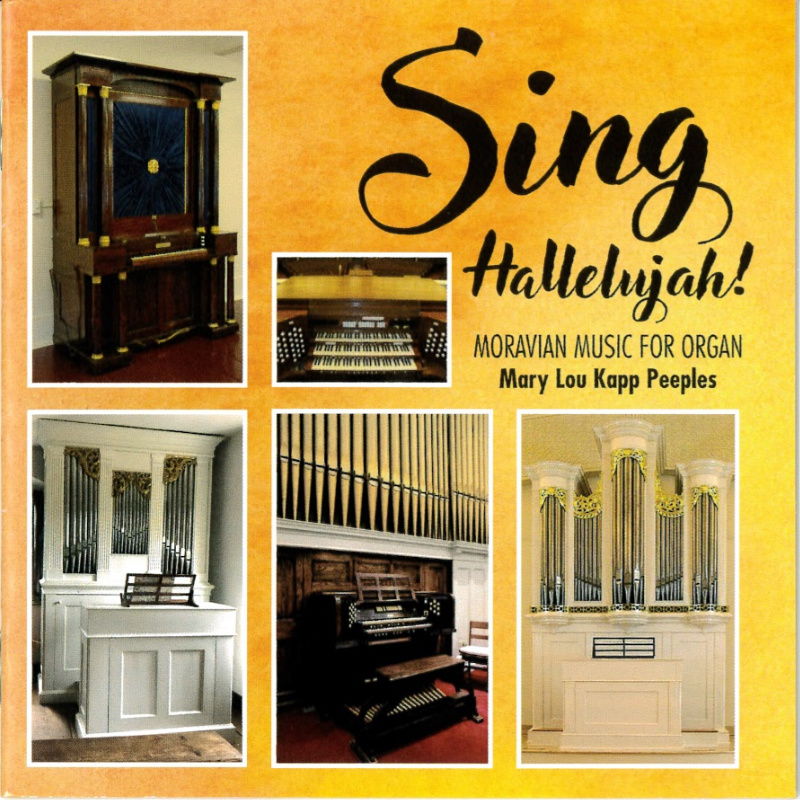
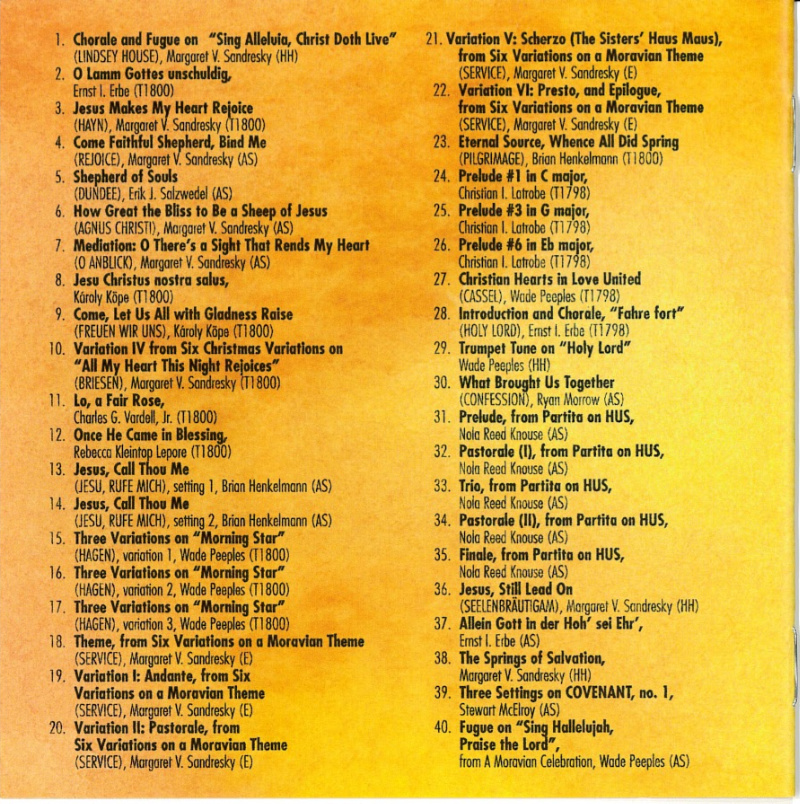
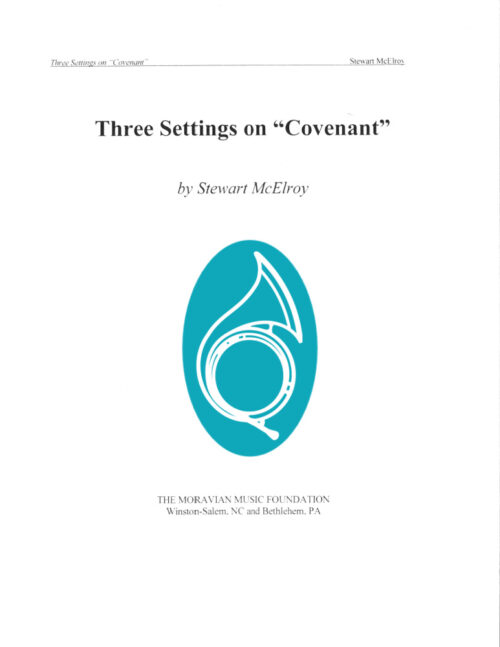

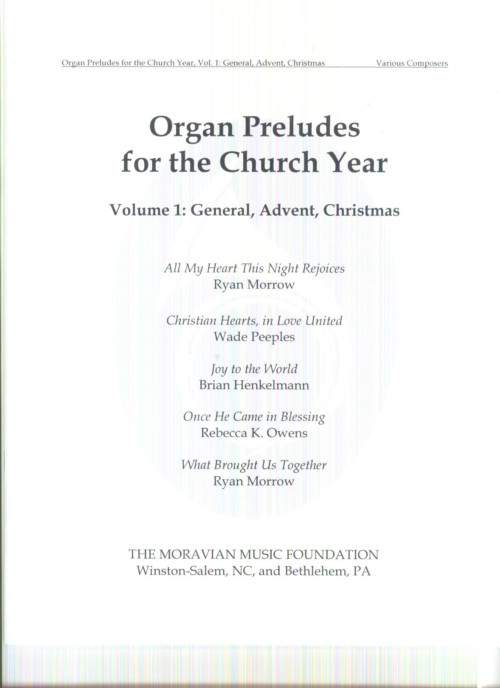
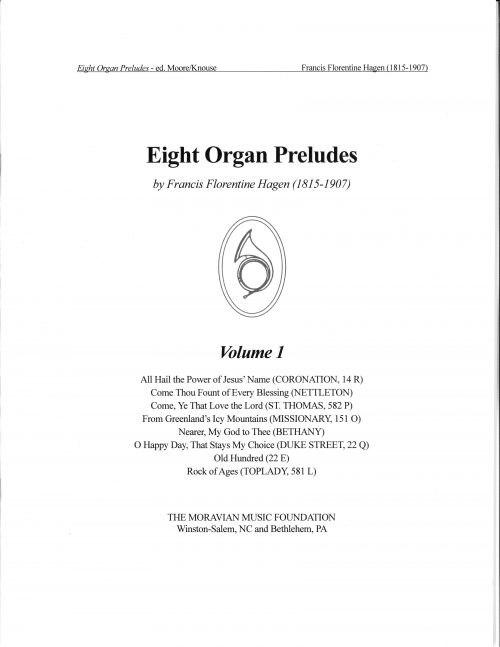
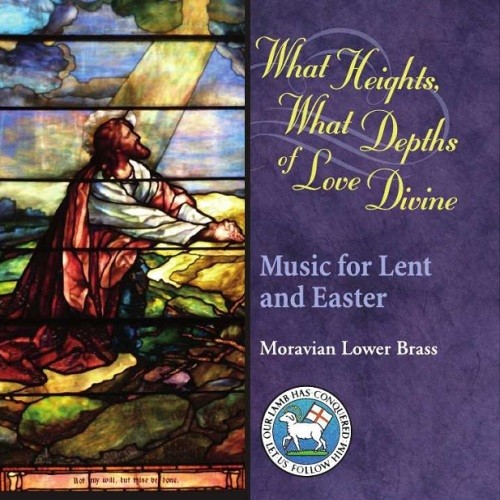
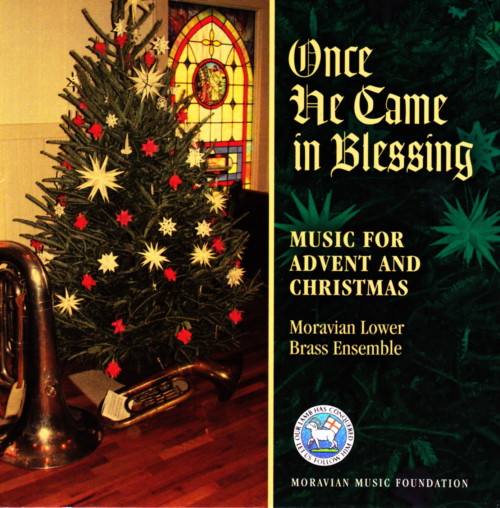

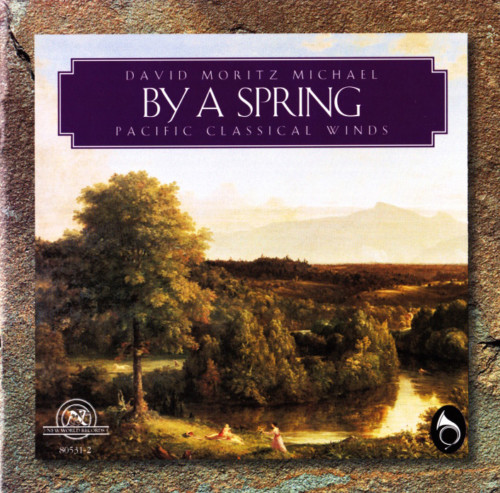
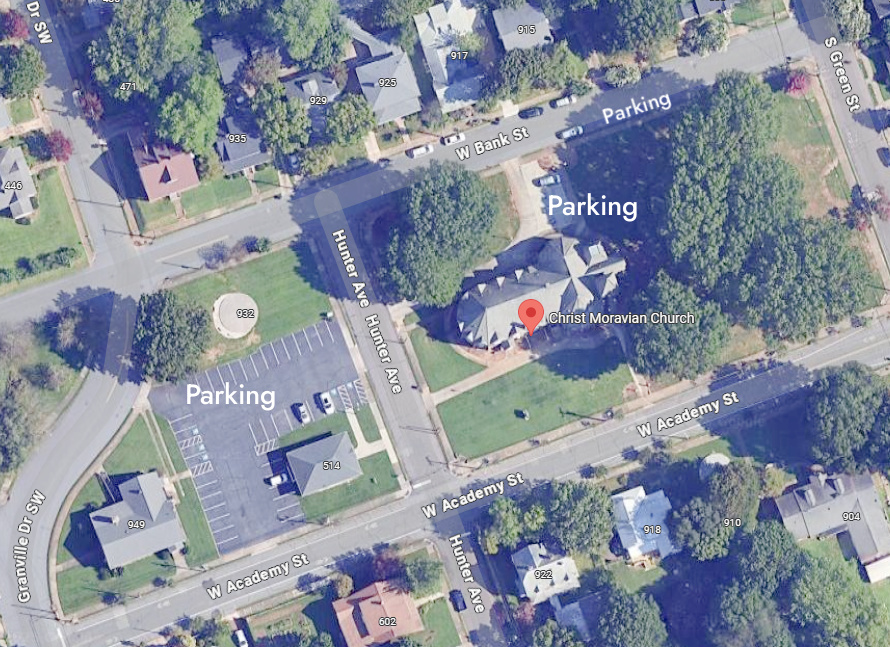
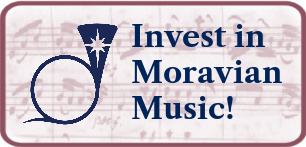

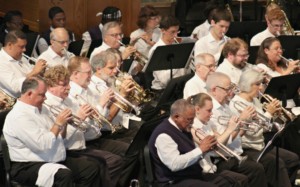
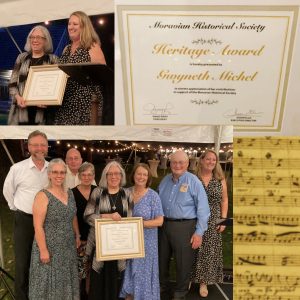
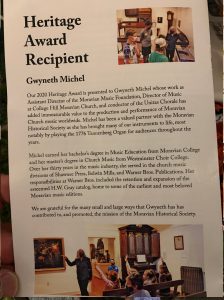
Reviews
There are no reviews yet.